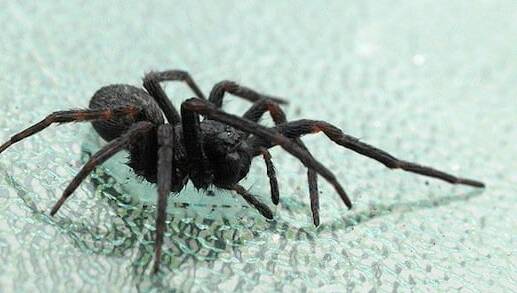Welcome back, curious readers! Today, we embark on yet another expedition into the captivating realm of nature. In our quest for knowledge, we find ourselves ensnared by a web of queries, floating on a delicate thread of curiosity. Our focus today? Spiders – those enigmatic arthropods that have fascinated and, in some cases, sent shivers down our spines for centuries. More specifically, we delve into the mysterious survival tactics of these eight-legged marvels and explore the burning question: how long can a spider live without water? Join us as we unravel the secrets of their remarkable adaptability and endurance in the face of dehydration. So, grab your magnifying glasses and prepare for an enthralling voyage into the arachnid world — where survival hangs by a single droplet.
The Lifespan of a Spider Without Water: How Long Can They Survive?
Discover the astounding resilience of spiders as we delve into their ability to survive without water and unravel the mysteries of their lifespan.
1. Prolonged Aridity: Spider Life Expectancy2. Extended Thirst: Spider Survival Span3. Dehydration Duration: Spider Durability
In the world of spiders, the ability to survive in extreme conditions, such as prolonged aridity or extended periods of thirst, is vital for their longevity. Let’s delve into the three key factors that play a significant role in a spider’s ability to endure harsh conditions:
1. Prolonged Aridity: Spider Life Expectancy
Spiders that reside in arid regions, where water resources are scarce, have adapted unique mechanisms to survive. These spiders are known for their exceptional ability to conserve water and reduce their metabolic rate during periods of drought. By minimizing their activity, spiders can decrease their water loss and extend their lifespan in arid environments. This adaptation allows them to withstand months or even years without access to water, significantly prolonging their life expectancy.
2. Extended Thirst: Spider Survival Span
When spiders face prolonged periods without water, their ability to survive largely depends on their adaptive strategies. Some species are capable of locating and utilizing alternative water sources in their environment, such as dew on vegetation or even preying on other insects that contain water content. By thinking resourcefully and utilizing diverse survival techniques, spiders can extend their survival span even in the absence of direct water sources.
3. Dehydration Duration: Spider Durability
How long a spider can endure without water before succumbing to dehydration varies across species. Some spiders can tolerate desert-like conditions for several weeks, while others have been observed surviving for months. The ability to withstand dehydration depends on multiple factors, including the species’ physiology, behavioral adaptations, and environmental conditions. Spiders with efficient water retention systems and low water requirements exhibit greater durability in resisting dehydration.
Understanding the interplay between prolonged aridity, extended thirst, and dehydration duration is crucial for comprehending the survival strategies of spiders in hostile environments. By examining these factors, we gain insight into the remarkable resilience and adaptability of these fascinating creatures.
What is the maximum duration a spider can survive without water?
Long story short, a spider’s ability to survive without water depends on various factors such as species, environmental conditions, and overall health. While some species can go for weeks without water, others may require more frequent hydration. However, it is important to note that even the most resilient spiders need access to water to maintain their bodily functions and overall well-being. Therefore, providing a water source, especially in captive environments, is crucial for ensuring the longevity and vitality of these fascinating creatures.
🧡 Qué Quieres Ver?
